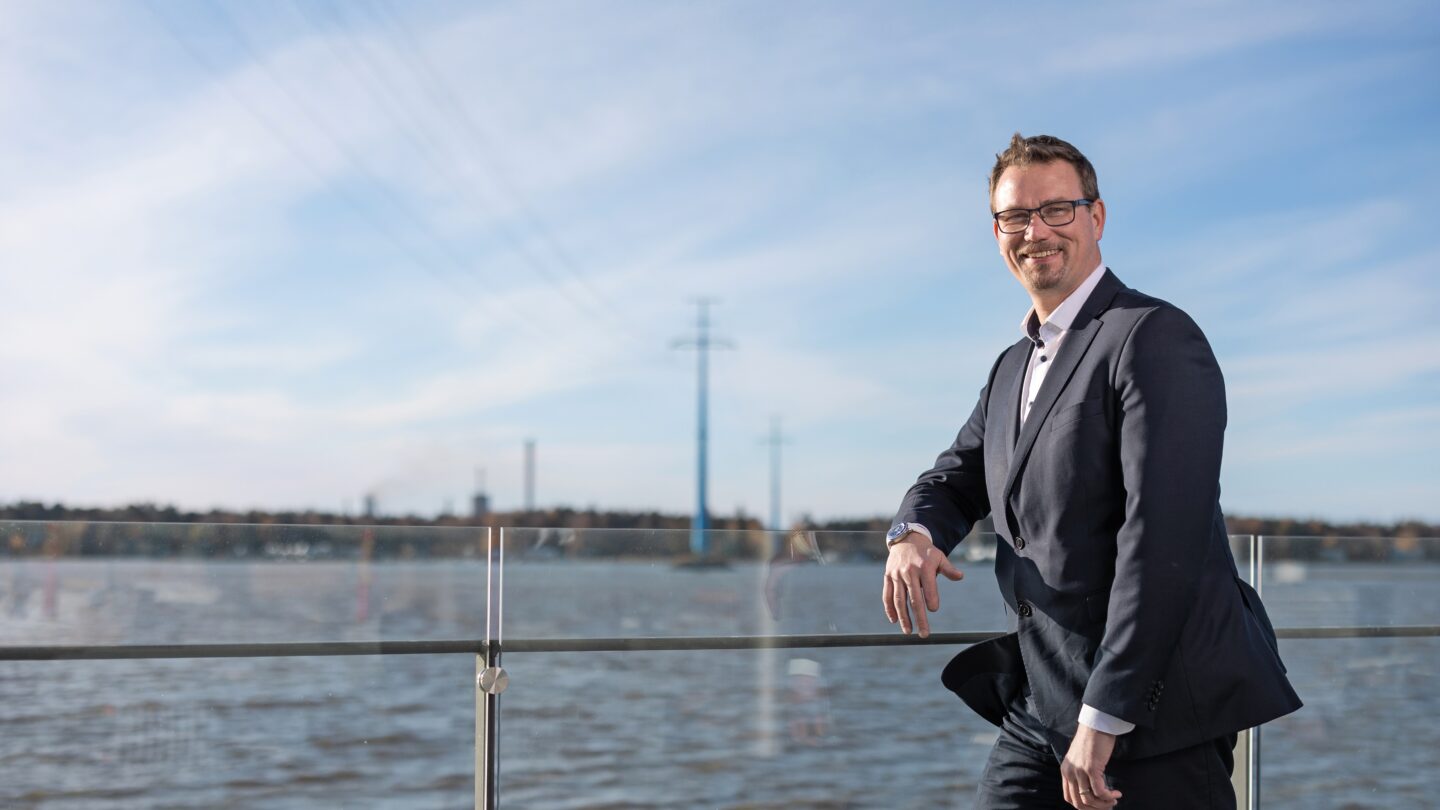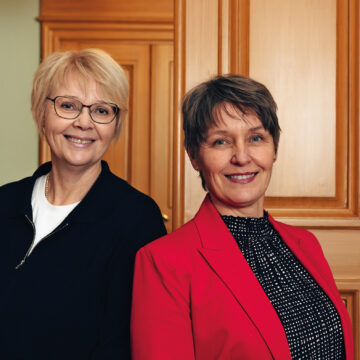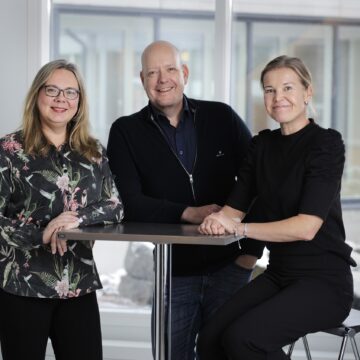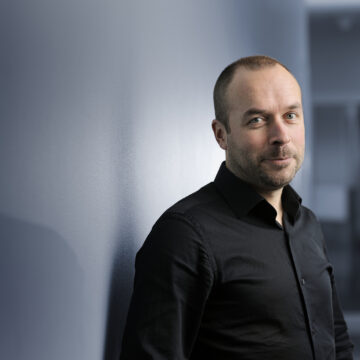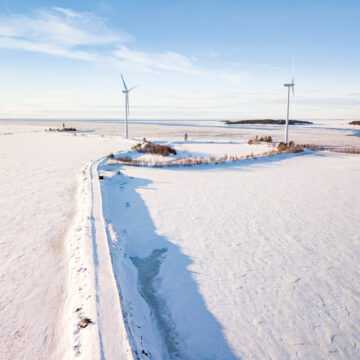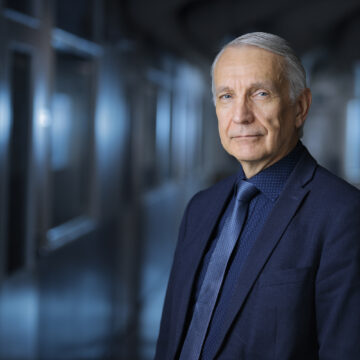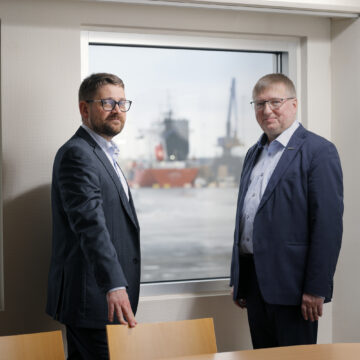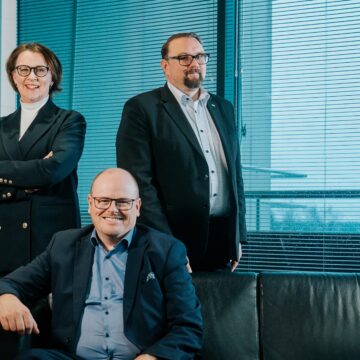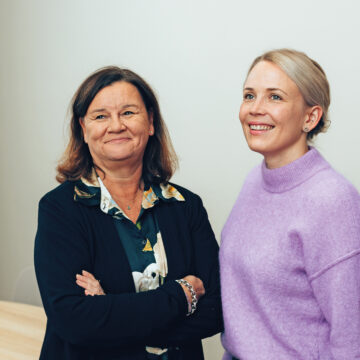
For the environment
Waste is often perceived as unwanted material, but from the viewpoint of the circular economy, it is not useless at all – rather the opposite. Westenergy runs a modern Waste-to-Energy plant in Mustasaari, right next to Vaasa, converting waste into usable fuel.
“Nearly 100 percent of waste can be utilised in waste incineration. Westenergy’s plant fulfills a third of the district heating needs of the Vaasa region and electricity is provided to up to 7000 households,” says Westenergy’s Managing Director Olli Alhoniemi.
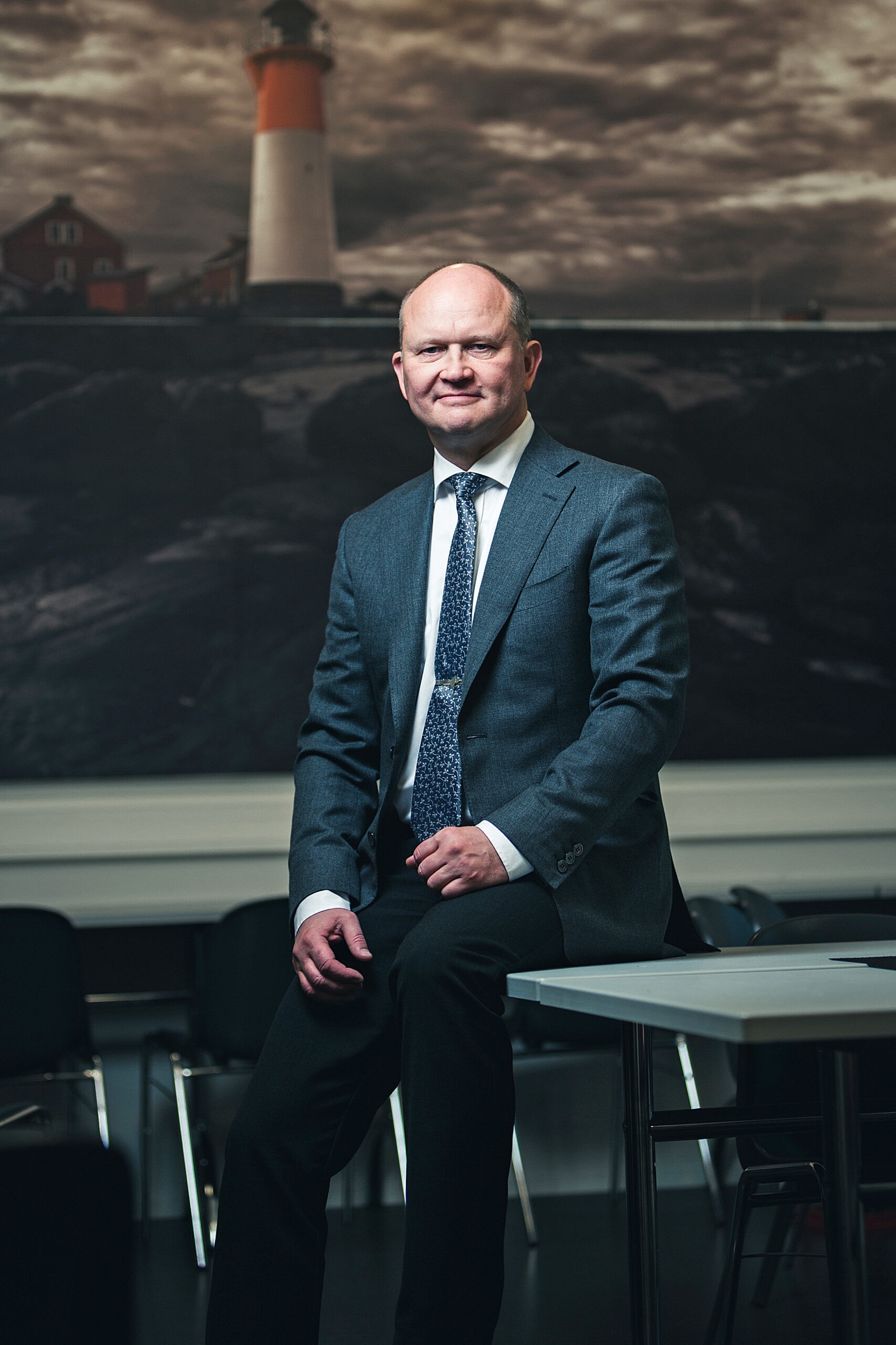
reduce greenhouse gas emissions,” says Olli Alhoniemi.
The company’s operations have many positive environmental impacts. Using waste as fuel replaces the use of fossil fuels, such as coal and fuel oil, which decreases carbon dioxide emissions. Waste treatment can also help to preserve natural resources such as sand, gravel and metals. When waste is utilised as energy or as material in road projects, there is no need for landfills. In addition to recycling, another benefit of modern waste treatment is that non-recyclable and dangerous materials can be removed from the process.
“A Waste-to-Energy plant is like a kidney, it also functions as a purification plant,” Alhoniemi observes.
Westenergy serves as a link between municipal waste management and energy production, thereby supplementing the waste management. According to Alhoniemi, Finland is on the right path when it comes to development of the circular economy, but much remains to be done. Therefore, Westenergy aims to disseminate information on waste management. Environmental issues affect us all, and publicising waste treatment in an open and transparent way will lead to progress.
“Our Waste-to-Energy plant has thousands of visitors every year. When, for example, school and nursery groups get to see how waste incinerators work and how waste can be utilised, they also learn new ways to handle waste at home. This leads to increased recycling, among other things. Some 20 years from now, we can hopefully see tangible results in reshaping our waste culture,” Alhoniemi says optimistically.

